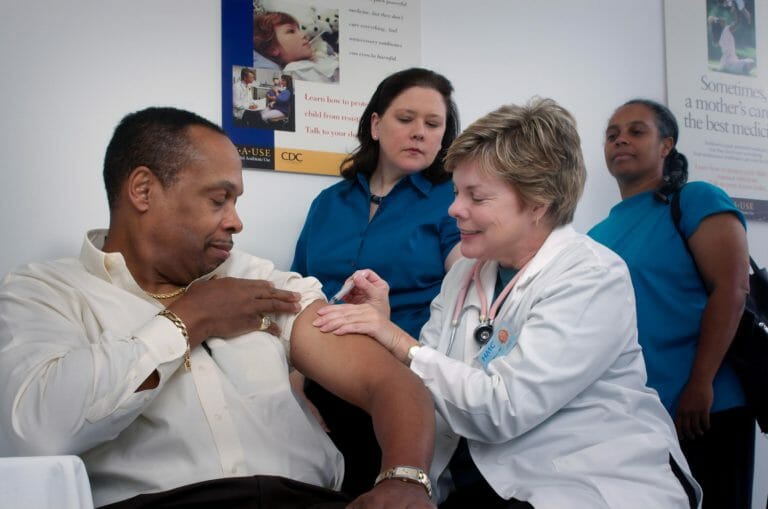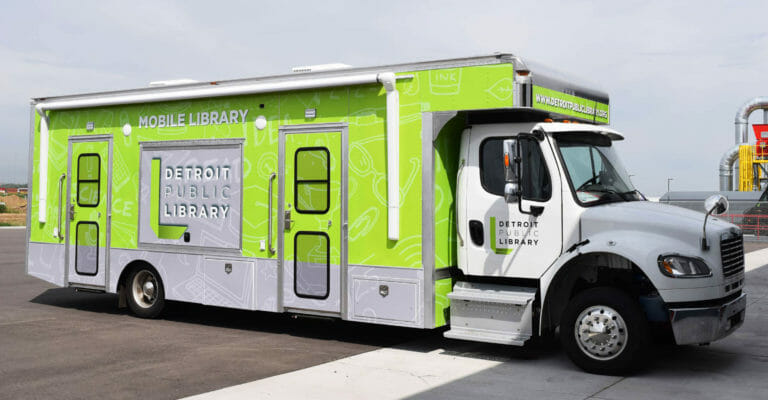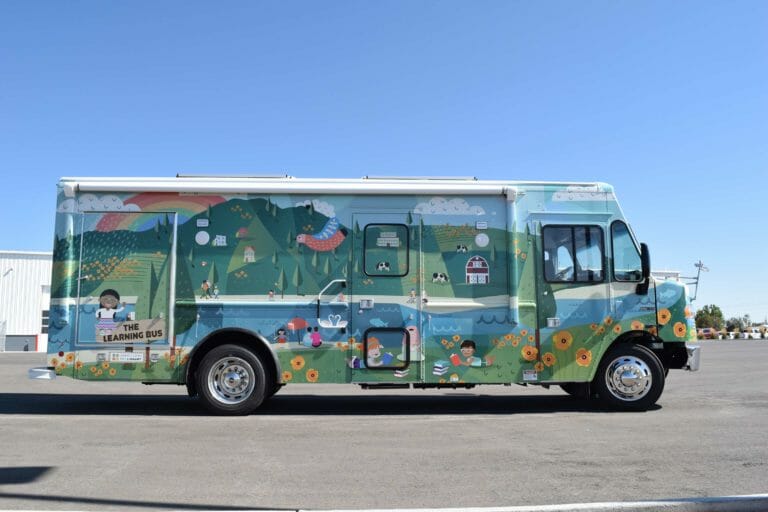Industry News
How COVID Has Changed Grocery Shopping – Today’s Benefits of Refrigerated Vans
April 28, 2021

At the beginning of the COVID-19 pandemic, grocery shopping was just one of the many necessities that had to be restricted to comply with local, state, and federal requirements.
Unlike a trip to the movies or a visit to the museum, shopping for groceries was not something that could simply be halted during the peak of the Coronavirus spread.
For this reason, the way that people continued to shop for groceries had to change. During lockdowns, and even after lockdowns were lifted, many consumers began to interact with their local grocery store in a new digital way.
Take a look at how the pandemic caused a monumental shift in grocery shopping and learn more about how refrigerated vans could be the unsung hero in the months to come.
How People Adapted
Shopping for groceries is a vital necessity. Those who continued to operate stores were essential to keeping society functioning, even during the worst phases of the pandemic.
When in-person shopping became limited or was simply not a choice, stores and consumers alike adapted to several different ways.
Shopping from the Safety of Home
A major trend in grocery shopping during the pandemic was the increased number of people who opted to shop from the safety of home.
Just a year ago, over 80% of shoppers who were surveyed by Gallup said they had never used the internet to shop for groceries. The total percentage of grocery sales being purchased online was around 3% equating to $1.2 billion, according to Brick Meets Click.
Fast forward to June of 2020 and the story had changed. By June, online grocery sales in the United States equated to $7.2 billion, an incredible leap in a short period.
For those who were previously reluctant to select an avocado through their mobile device, the pandemic pushed them to give it a shot as they opted to shop safely from the comfort of home.
Embracing Home Delivery
Hand-in-hand with shopping online was an increase in the demand for home delivery. Previously, many consumers preferred to walk through the store, pick out what they wanted, and drive their goods home.
During the pandemic, this was simply not possible or unadvisable. As such, more people began exploring the option of ordering their groceries to be delivered straight to their homes.
The demand for home delivery services is demonstrated well through the reaction of grocery store giant Walmart. Walmart has now announced that they will be launching a yearly subscription service similar to Amazon Prime with a key feature — same-day delivery on over 160,000 items.
Additionally, Instacart, one of the most popular grocery delivery services available, is more than doubling its workforce.
While the pandemic fueled this trend, the odds are good that it’s here to stay. In fact, according to a study by Sinch on projected post-COVID-19 behavior by consumers, they found that 58% of consumers will continue to avoid crowds, and 52% plan to avoid unnecessary travel. For grocery stores, the most interesting finding is that 46% plan to spend less time inside stores.
This means that the future is ripe for online grocery shopping and at-home delivery.
Opting for Healthy Foods
Another interesting change to grocery shopping habits during the pandemic is a shifted focus by consumers toward healthier food options. According to IRI, sales in the category considered “natural products” rose 78% during the pandemic’s early months.
This leap in healthy food demand makes sense. As worries about health increase, people reach for more fruits and veggies.
With people looking for more natural food options, they will also be expecting expanded choices. Rather than picking up the same apples and oranges each week, consumers are demanding a wider variety of healthy, fresh foods, which places an increased need for reliable refrigerated truck systems to be in place.
The Role of Refrigerated Vans
With more people demanding home delivery options and access to fresh foods, refrigerated vans are becoming integral to the grocery supply chain. Refrigerated vans will continue to be beneficial for those who are still taking quarantining seriously, as well as for those who have grown to love the convenience of home delivery.
Expanding a Delivery Fleet
For grocery stores and delivery service companies, expanding delivery fleets will be a must in the year ahead. Purchasing additional refrigerated vans can ensure that products are protected in a temperature-controlled environment. This will allow grocers and delivery teams to keep up with the increasing demand for doorstep deliveries.
Refrigerated vans can even be customized to meet the specific needs of a business. For example, cubbyhole style shelving can be added to keep delivery boxes separated. This makes it more efficient for delivery drivers to grab the right box of food for the right address.
Keeping Healthy Foods Fresh
With more consumers reaching for healthy foods, a refrigerated van is the best choice for delivery teams. Temperature-controlled cargo space can keep fresh foods from spoiling, no matter how far they are driven.
This has the added benefit of allowing teams to offer wider delivery areas, reaching more consumers than before.
Talk to Our Team at Summit Bodyworks
At Summit Bodyworks, we believe refrigerated vans are the perfect way to deliver healthy, fresh food to people’s homes. During the pandemic, refrigerated vans have played a valuable role in keeping our population fed and they will continue to do so in the months ahead.
They can be customized to meet the specific needs of your grocery store or home delivery business. Whether you need a built-in GPS to keep delivery drivers on time or a specialized section for frozen goods, we can work with you to design exactly what you want.
Talk to us today about our refrigerated van options. We look forward to helping you find the ideal refrigerated van for your needs.


